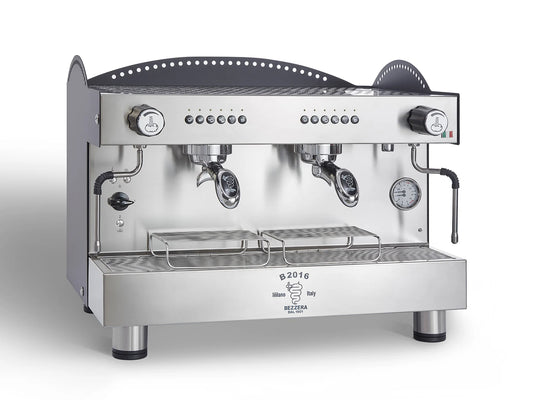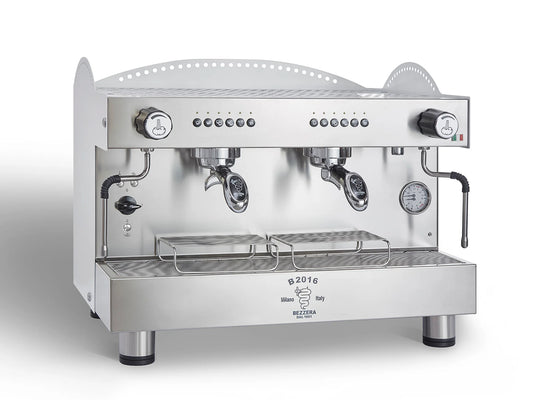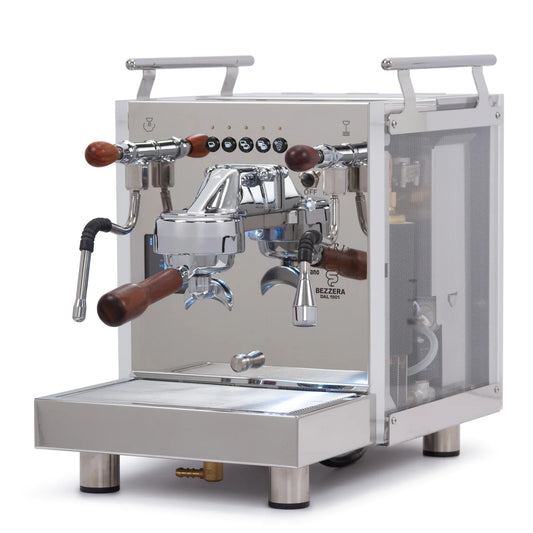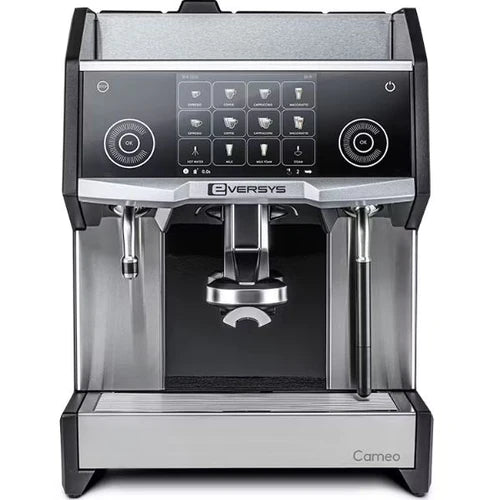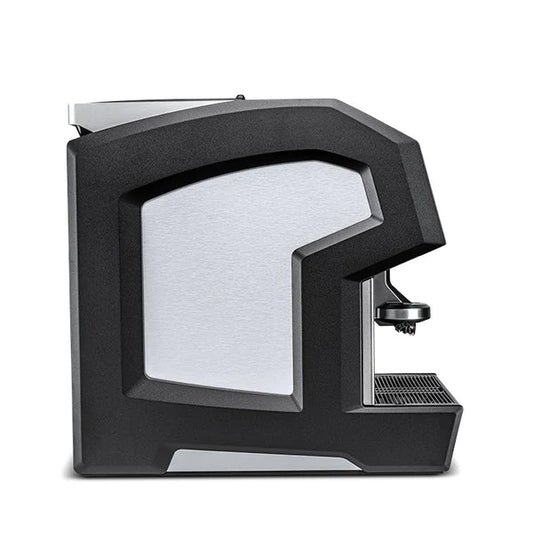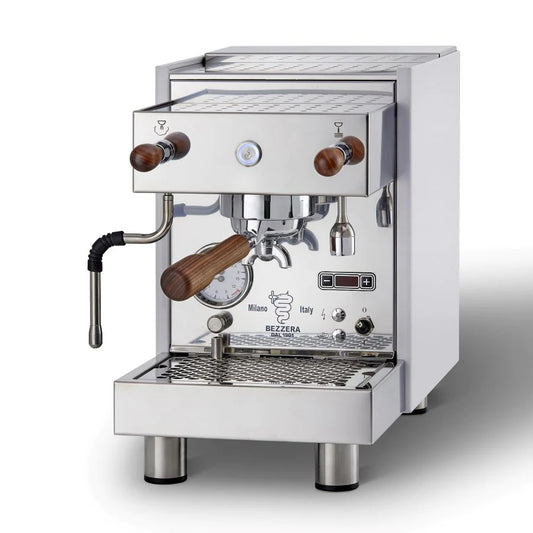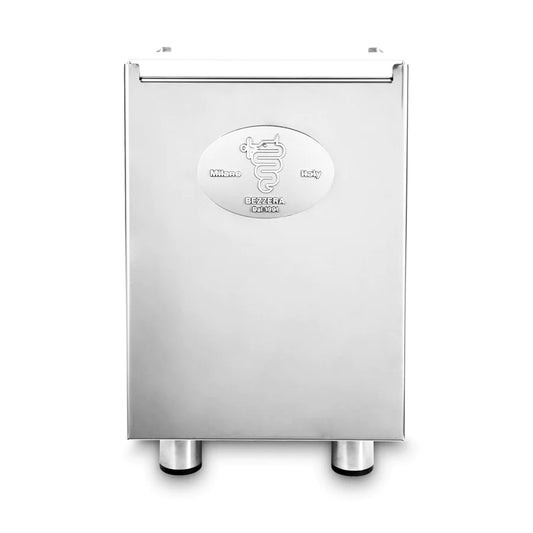Brew Like a Pro: Discover Martha Stewart’s Favorite Affordable French Press
Table of Contents
- Key Highlights:
- Introduction
- The Bodum Chambord French Press: A Timeless Classic
- The Rise of the French Press in Home Brewing
- Using the Bodum Chambord: A Step-by-Step Guide
- The Flavor Profile of French Press Coffee
- Sustainability and the French Press
- Comparing Brewing Methods: French Press vs. Drip Coffee Makers
- French Press Recipes to Elevate Your Experience
- Getting the Best Bean: Choosing Coffee for the French Press
- Conclusion: Why the French Press Remains a Popular Choice
- FAQ
Key Highlights:
- Martha Stewart endorses the Bodum Chambord French press for its affordability and performance, retailing at under $40.
- Known for its timeless design, the Chambord serves up to eight cups of coffee and is renowned for its durability and quality.
- Proper usage tips emphasize coffee grind size and brewing time to achieve the best flavor from your French press coffee.
Introduction
A perfect cup of coffee has become a cherished morning ritual for many, transcending mere caffeine consumption to a veritable craft. While modern gadgets and advanced brewing methods have captured attention, there remains a timeless approach that stands the test of both time and taste: the French press. Among its many fans is Martha Stewart, an icon in the culinary world, who swears by the Bodum Chambord French press as her go-to coffee maker. Priced under $40, this affordable coffee maker isn't just a budget-friendly choice; it encapsulates quality, durability, and elegance in one vessel. This article delves into the popularity of the Chambord, provides insights on optimal brewing techniques, and explores why this method continues to be favored by coffee aficionados.
The Bodum Chambord French Press: A Timeless Classic
The Bodum Chambord French press is a staple in many kitchens, recognized not only for its functionality but also for its aesthetic appeal. With a minimalistic design, it features a durable glass jug encased in a sturdy metal frame, making it both efficient and chic. This design carries the history of coffee-making back to the 1970s, when Jørgen Bodum began developing a modern version of the French press that had originally been patented decades earlier.
Stewart's long-standing relationship with the Chambord is evident; she has utilized this particular model for years, praising its ability to produce a “nice cup of coffee” during her former television series. The model she endorses is a 34-ounce version, capable of brewing up to eight full cups at once. This capacity makes it perfect for both personal use and entertaining guests, establishing the Chambord as an ideal companion for any coffee lover's routine.
The Rise of the French Press in Home Brewing
The resurgence of the French press in recent years can be attributed to a growing appreciation for traditional brewing methods. Coffee enthusiasts are increasingly drawn to the rich, full-bodied flavors achieved with a French press. Unlike drip coffee makers, which often filter out essential oils and compounds that contribute to flavor, a French press allows coffee grounds to steep directly in water. This immersion process maximizes extraction, resulting in a robust and aromatic cup.
In an environment increasingly inundated with high-tech coffee machines, the French press stands out due to its simplicity and ability to create a superior brew while requiring minimal investment. Moreover, it emphasizes the craft of coffee making, allowing users to experiment with various beans, grind sizes, and steeping times.
Using the Bodum Chambord: A Step-by-Step Guide
Familiarizing yourself with the proper use of the Bodum Chambord is essential for achieving the best results. The preparation starts with selecting the right ground coffee. Bodum recommends using approximately one teaspoon of coffee for every four ounces of water, although this ratio can be adjusted according to personal taste preference.
Steps for Brewing
-
Measure Coffee: Choose your coffee grounds wisely. For a standard brew, start with a coarser grind to avoid bitterness—fine grinds can lead to over-extraction, creating a cup that's harsh and unpleasant.
-
Add Hot Water: Place the ground coffee in the Chambord, then pour hot, not boiling, water over the grounds. Let it sit undisturbed for about four minutes. This brew time allows flavors to develop without becoming too strong.
-
Press and Serve: After waiting the recommended time, gently press the plunger down to separate the coffee grounds from the liquid. Pour and enjoy your rich, self-brewed coffee.
Tips for Excellence
Achieving a great cup involves attention to detail. Ensure to avoid overly fine grind sizes, as noted by Thomas Joseph, executive vice president at "Martha Stewart Living." He stresses that French press coffee is best enjoyed with a medium to coarser grind. Additionally, using fresh, high-quality coffee beans can elevate the overall brewing experience.
The Flavor Profile of French Press Coffee
The French press technique produces a distinct flavor profile, allowing oils and fine particles from the coffee grounds to remain in the final brew. This results in a rich and full-bodied cup that retains flavors often missed in other brewing methods. The brewing depth can also vary based on how long the coffee sits in water, and the type of bean used.
For those looking to explore different flavors, it's worth experimenting with various coffee beans, as different origins and roast levels produce distinctly varied tastes, ranging from fruity to nutty and chocolatey nuances.
Sustainability and the French Press
In addition to its brewing benefits, using a French press aligns well with sustainable coffee practices. The Bodum Chambord is crafted from glass and metal, materials that are often more sustainable than single-use coffee pods or disposable filters. By using a French press, consumers can reduce waste and enjoy a cup of coffee with less environmental impact.
Comparing Brewing Methods: French Press vs. Drip Coffee Makers
While the French press enjoys popularity, many coffee drinkers may question how it truly stacks up against traditional drip coffee makers. Each method has its advocates and unique advantages.
Flavor Comparison
Drip coffee machines tend to provide consistent flavor profiles but often filter out the oils that contribute to perceived richness. In contrast, the French press offers more body, allowing flavors to shine through due to its immersion brewing method.
Brewing Time
Drip coffee makers generally brew faster than a French press. Yet, the additional few minutes it takes to brew with a French press can be seen as an investment in the brewing process that rewards patience with a more flavorful cup.
Cleanup and Maintenance
One notable disadvantage of the French press is cleanup, which requires a manual disassembly and rinsing process. Drip machines usually have disposable filters and automated features that streamline the cleanliness effort but lead to environmental concerns over waste.
French Press Recipes to Elevate Your Experience
To further enhance your French press coffee experience, consider trying various recipes that emphasize flavor infusion and create delightful beverages beyond traditional coffee.
Coffee with a Twist: Flavored Variations
-
Cinnamon Vanilla Brew: Add a sprinkle of cinnamon and a dash of vanilla extract to your coffee grounds before brewing. This creates a fragrant and comforting flavor profile.
-
French Press Cold Brew: Combine coarsely ground coffee with cold water in your Chambord, letting it steep in the refrigerator for 12–24 hours. It results in a smooth cold brew with less acidity, perfect for warm day indulgence.
-
Spiced Coffee: Infuse your brew with spices such as nutmeg or cardamom for a unique twist. Just mix the desired spice with the coffee grounds before adding water.
Getting the Best Bean: Choosing Coffee for the French Press
The foundation of any great cup of coffee is the bean itself. The French press method showcases the nuances of quality coffee, and knowing how to select your beans is key.
Freshness is Paramount
Always opt for freshly roasted and ground coffee, as stale beans can diminish flavor. Look for local roasteries or wholesale options that prioritize freshness.
Bean Variety
When choosing coffee, consider beans with pronounced flavors for maximum enjoyment. Single-origin coffees often offer complex notes and can be excellent for French press brewing.
Conclusion: Why the French Press Remains a Popular Choice
The Bodum Chambord French press embodies a quality product that has remained relevant through changing coffee trends. With its affordable price point, elegant design, and exceptional brewing capabilities, it continues to capture the hearts of both novice coffee drinkers and seasoned baristas alike. By rediscovering the joy of making coffee the traditional way, enthusiasts can appreciate not just the beverage but also the process, making every morning ritual a little more special.
FAQ
What is a French press? A French press is a manual coffee maker that consists of a cylindrical glass container and a plunger with a metal or nylon mesh filter. It brews coffee by steeping ground coffee in hot water and then pressing it down to separate the grounds from the liquid.
How does the Bodum Chambord differ from other French presses? The Bodum Chambord is known for its iconic design, durability, and ability to brew coffee at a scale suitable for multiple servings, making it a favorite among many for its aesthetics and performance.
Is the French press better than drip coffee? The choice between a French press and a drip coffee machine often depends on personal preference. French press coffee is generally richer and more full-bodied, while drip coffee can be quicker to prepare and serve.
How do I clean my French press? After use, disassemble the French press and rinse both the glass and the parts thoroughly with hot water. Occasionally, use soap for a more thorough clean, ensuring all coffee oils are removed.
Can I use flavored coffee grounds in a French press? Yes, flavored coffee grounds can be used in a French press. However, ensure that the flavors complement your taste preferences, and readjust brewing times as necessary for the best results.

